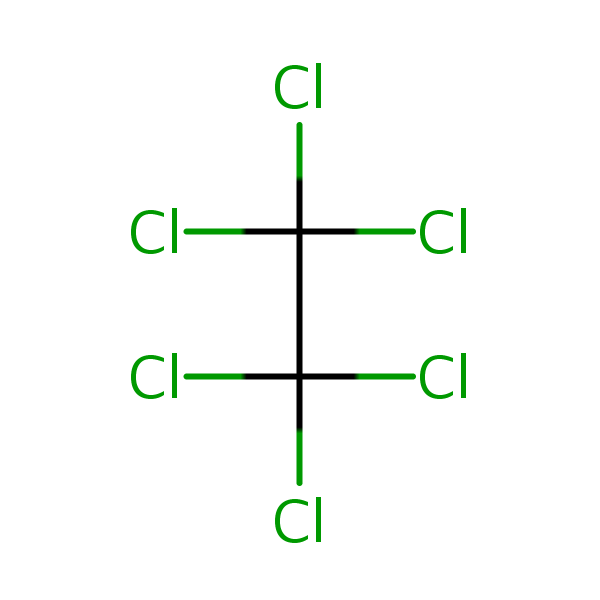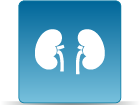Hexachloroethane
CASRN 67-72-1 | DTXSID7020689
- Toxicological Review (PDF) (200 pp, 1.61 M)
- IRIS Summary (PDF) (34 pp, 308 K)
On this page:
Noncancer Assessment
Reference Dose for Oral Exposure (RfD) (PDF) (34 pp, 308 K) Last Updated: 09/23/2011
| System | RfD (mg/kg-day) | Basis | PoD | Composite UF | Confidence |
|---|---|---|---|---|---|
| Urinary | 7 x 10 -4 | Atrophy and degeneration of renal tubules |
BMDL
10
:
0.728
mg/kg-day |
1000 | Low/Medium |
Reference Concentration for Inhalation Exposure (RfC) (PDF) (34 pp, 308 K) Last Updated: 09/23/2011
| System | RfC (mg/m3) | Basis | PoD | Composite UF | Confidence |
|---|---|---|---|---|---|
| Nervous | 3 x 10 -2 | Neurotoxicity (tremors and ruffled pelt) |
NOAEL
(HEC):
83
mg/m3 |
3000 | Low |
Cancer Assessment
Weight of Evidence for Cancer (PDF)
(34 pp, 308 K)
Last Updated: 09/23/2011
| WOE Characterization | Framework for WOE Characterization |
|---|---|
| Likely to be carcinogenic to humans | Guidelines for Carcinogen Risk Assessment (U.S. EPA, 2005) |
- Under the U.S. EPA Guidelines for Carcinogen Risk Assessment (U.S. EPA, 2005b), HCE is "likely to be carcinogenic to humans" based on evidence of multiple tumor types in both sexes of rats and mice (NTP, 1989 NCI, 1978).
- This may be a synopsis of the full weight-of-evidence narrative.
Quantitative Estimate of Carcinogenic Risk from Oral Exposure (PDF) (34 pp, 308 K)
Oral Slope Factor:
4
x 10-2
per mg/kg-day
Drinking Water Unit Risk:
1
x 10-6
per µg/L
Extrapolation Method: The multistage model with linear extrapolation from the point of departure (LED10).
Tumor site(s): Urinary
Tumor type(s): Renal adenomas and carcinomas (combined) (NTP (1989))
Quantitative Estimate of Carcinogenic Risk from Inhalation Exposure (PDF) (34 pp, 308 K)
Information reviewed but value not estimated.
Chemical Documents
Jul 2011: IRIS Toxicological Review of Hexachloroethane (Final Report) (Report)
May 2011: IRIS Toxicological Review of Hexachloroethane (Interagency Science Discussion Draft) (Report)
May 2010: IRIS Toxicological Review of Hexachloroethane (External Review Draft) (Report)
Apr 2010: IRIS Toxicological Review of Hexachloroethane (Interagency Science Consultation Draft) (Report)
Other EPA Information
- Human Health Benchmarks for Pesticides (HHBP). This database provides human health benchmarks for pesticides that may be present in drinking water.
- Office of Pesticide Programs Pesticide Chemical Search. This database provides links to health effects information and registration status for pesticides.
- Chemistry Dashboard. This database provides information on chemical structures, experimental and predicted physicochemical, and toxicity data.
Tumor Sites
Chemical Structure

Synonyms
- Avlothane
- Carbon hexachloride
- Distokal
- Distopan
- Distopin
- Egitol
- Ethane hexachloride
- Ethylene hexachloride
- Falkitol
- Fasciolin
- Hexachlor-aethan
- Hexachloroethane
- Hexachloroethylene
- Mottenhexe
- NA 9037
- NCI-C04604
- Perchloroethane
- Phenohep
- RCRA Waste Number U131
- 1,1,1,2,2,2-Hexachloroethane
- 67-72-1



